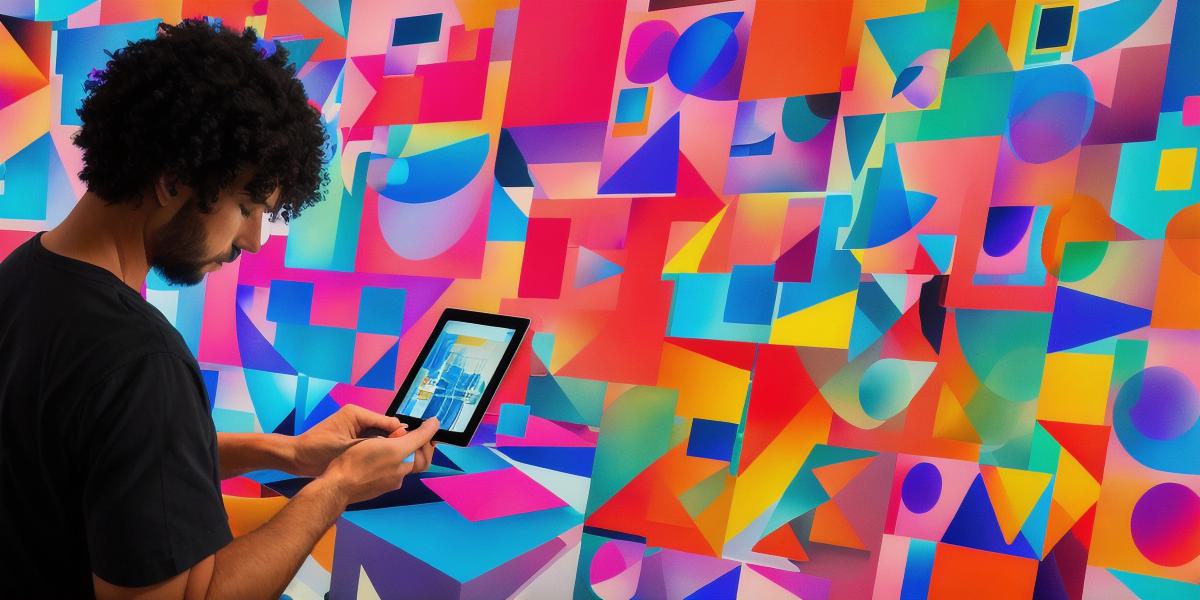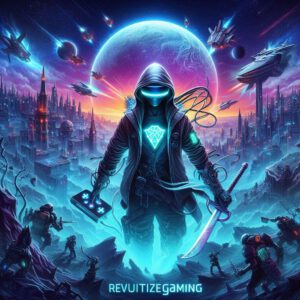NFTs, or non-fungible tokens, have taken the world by storm in recent years. These unique digital assets allow creators to monetize their work in a way that was previously impossible. With the rise of blockchain technology and cryptocurrencies, NFTs have become an increasingly popular way for artists, musicians, and other creative types to sell their work directly to fans and collectors.
But what exactly are NFTs, and why are they so important? In this article, we’ll explore the basics of NFTs, their history, and their potential impact on the future of art and creativity.
What are NFTs?
NFTs are digital assets that are stored on a blockchain. They are unique, meaning that no two NFTs are exactly alike. This uniqueness allows creators to monetize their work in a way that was previously impossible. For example, an artist could create a limited edition piece of art and sell it as an NFT, ensuring that the artwork can never be copied or replicated.
NFTs can also represent ownership of physical assets, such as real estate or collectibles. This allows creators to monetize their work in a way that was previously impossible, while also providing a level of transparency and security that traditional methods cannot offer.
The History of NFTs
NFTs have their roots in the world of cryptocurrencies. The first known use of an NFT was in 2017 when the artist Kevin McCoy created a piece of art called "Quantum" and sold it as an NFT on the Ethereum blockchain. Since then, NFTs have become increasingly popular, with major companies like Christie’s and Sotheby’s beginning to sell NFTs as well.
The Potential Impact of NFTs
NFTs have the potential to revolutionize the way we create and consume art. By providing a unique digital asset that can never be copied or replicated, NFTs allow creators to monetize their work in a way that was previously impossible. This could lead to a new era of creativity, where artists are able to create works that are truly one-of-a-kind and sell them directly to fans and collectors.
NFTs also have the potential to democratize art and make it more accessible to everyone. By allowing creators to monetize their work directly, NFTs could provide a new revenue stream for artists and help support the creation of new works. This could lead to a new era of artistic innovation and creativity.
Conclusion
NFTs are an exciting new technology that has the potential to revolutionize the way we create and consume art. By providing a unique digital asset that can never be copied or replicated, NFTs allow creators to monetize their work in a way that was previously impossible. This could lead to a new era of creativity and artistic innovation, while also making art more accessible to everyone. As the world continues to embrace blockchain technology and cryptocurrencies, NFTs are sure to play an increasingly important role in shaping the future of art and creativity.



